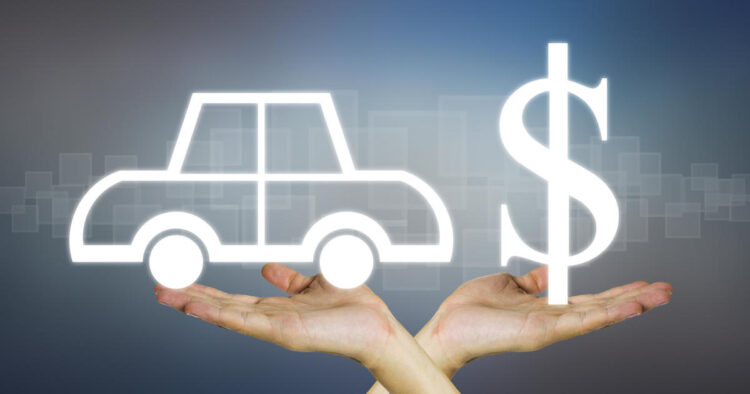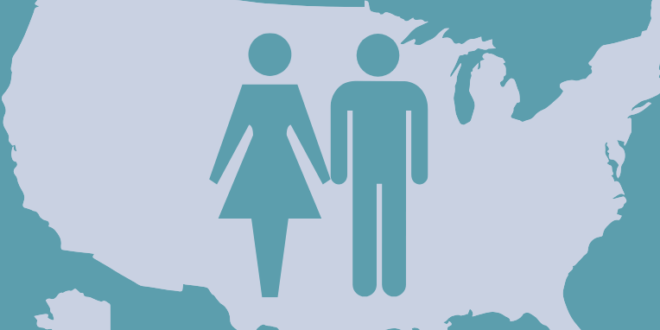Are men and women equal in modern society? Despite all efforts of activists, still no. Inequality takes different forms: from significant cultural limitations to everyday little things. Somewhere, women aren’t allowed to leave home without an accompanying man. Somewhere, they have to pay more for products because of the pink tax. Somewhere, they can’t become C-grade managers because of the glass ceiling.
There are dozens of examples, but don’t be confused. Inequality is a double-edged sword. Generally, men suffer from it less often than women, but they face problems, too. For instance, it’s a big issue when it comes to parenthood. Women have an advantage when it comes to parental leaves or child arrangements. In 80% of relevant court cases, women get sole custody after divorce. Surely, men also want to care about their children.
Considering these facts, you shouldn’t be surprised that there are the most dangerous gender biases – ones that affect both men and women. Today, we’re talking about one of them. Meet the problem of gender-based decisions in the car insurance industry!
Factors that Affect Insurance Rates

It’s not a secret that underwriters customize policies and rates for each client. Overall, insurance premiums vary greatly depending on several factors. Companies analyze data, reveal risks and potential benefits, and then calculate how much a customer should pay monthly to cover potential claims.
For car insurers, the mentioned factors divide into two groups. The first one includes real points that affect the probability of road accidents or repair costs:
- Accident history, court cases.
- Car model, modifications made.
- Driving style, behavior on the road.
- Miles drove per specified period.
- Occupation and hobby.
- Residence location.
- Speeding tickets and other fines.
- Security systems of cars.
- Years of driving experience.
However, there’s the second category that relies on indirect data. Insurers tend to increase or reduce premiums based on age, gender, race. The thing is that they use general surveys and stereotypes instead of real data. For instance, teenagers prefer driving faster, and men don’t think about safety as often as women do. That’s why a regular car policy would be costlier for a young boy than for a woman.
It’s essential to move away from such an approach. A driver hasn’t control over his/her race or sex but can change the driving behavior. Diceus experts think that telematics-based insurance pricing is more preferable. By gathering real data from car sensors and mobile apps, underwriters can deliver more tailored rates. Most importantly, these offers are unbiased as they’re based on exact data, not stereotypes or abstract ideas.
Modern Gender Biases

Now, let’s move to the trickiest part. We used to think that men pay higher premiums, ultimately. Different studies and surveys show that car insurance offers aren’t as univocal as it seems. Instead, they nurture inequality in both directions. How is this possible? Read on.
“Men Paying More than Women”
The first bias is the most famous. Insurance companies set higher rates for male drivers because of more aggressive driving, more expensive cars, more accidents, and so on. Let’s look at some numbers to prove the statement.
In the USA, the local Consumer Federation of America studied premiums delivered by the top 6 insurance companies: Allstate, Farmers, Geico, Liberty Mutual, Progressive, and State Farm. 5 out of 6 firms featured higher prices for 20-year-old men with a gap between 5% and 16%. Surprisingly, the situation for other age groups was utterly different. But we will talk about this in the next section.
The United Kingdom also reports that men pay more than women. Confused.com, a site that studies and compares insurance rates, notes that the gender gap follows an interesting trend. In 2012, the EU Gender Directive stated that it’s illegal to consider a client’s sex to calculate premiums. Remember this and look at the average gap size:
- Q4 2011(before the law) – men pay £121 more than women.
- Q1 2013(just after the law) – men pay £26 more than women.
- Q2 2017(far after the law) – men pay £120 more than women.
In Q4 2019, the gap reduced a bit to £84. What’s the problem? Why didn’t the regulative document focused on gender equality help? The researchers think that’s because male drivers break the law more often, make more claims, and these claims are more expensive. That’s why insurers respond by increasing premiums for male drivers.
“Women Paying More than Men”

While we see that men often pay more than women, there are opposite cases. The mentioned study by the CFA reveals that only young men pay higher premiums. Instead, 40- and 60-year-olds pay far less than women of the same age. To be precise, 4 researched companies charge more in both age groups. Among these two categories, the highest gap is 16% (Geico, 40-year-olds), the lowest is -4% (Liberty Mutual, 60-year-olds).
Moreover, Auto Insurance conducted another research and found that even 25-year-old female drivers have to pay more. Experts gathered quotes from the most famous American car insurance brands. The study featured two abstract clients: 25 years, single, employed, with a 5-year-old sedan, one speeding fine, and two years of insurance without lapse. The only difference was in the clients’ gender.
According to the results, 42 states plus D.C. feature higher premiums for women, in 5 states men pay more, and 3 states have equal rates. Here are the leaders:
- Women pay more(in total, 42 states and D.C.):
- Minnesota– plus 50.7%.
- Georgia– plus 26.9%.
- West Virginia– plus 25.1%.
- Arkansas– plus 20.5%.
- Men pay more(in total, 5 states):
- Alabama– plus 15.3%.
- Massachusetts– plus 11.2%.
- Equal rates(in total, 3 states):
- Hawaii.
- NorthCarolina.
- Pennsylvania.
Some lawyers think that it’s illegal to apply the car insurance pink tax at all. Anyway, such vast differences are signs of significant and unaccepted inequality.
Beating the Bias – Tips & Tricks

The numbers say it all. Gender biases are significant issues in different countries and for different driver categories. Still, all of them are united with one desire – to pay lower premiums. Further, we reveal some suggestions for both men and women:
- Choose smaller engines but reliable cars. As a rule, owners of small cars get more affordable quotes than ones who prefer large jeeps. However, you will pay more if you drive a really old vehicle because it’s more likely to break down.
- Consider moving to a rural area.Zip codes remain significant factors for premium costs. Drivers who reside in big cities are usually paying more than ones who live in small towns or suburbs, at least.
- Install a telematics sensor. If you drive safely and ready to share data, consider joining new programs. So-called black boxes send telematics to insurance carriers who can tailor premiums and policies based on data analysis.
- Keep a good credit score. Just like with banks that deliver loans, insurers check credit ratings of customers regularly. Thus, you want to pay your credits on time, avoid debts, and manage finance carefully.
- Shop better policies. Last but not least, don’t forget to compare alternatives regularly. There are dozens of underwriters, many of them have discounts and various promo programs. If you’re unhappy with current rates, look for new ones!
Conclusions
Get us right here. We don’t want to say that men must pay more because of their gender. The same is true for women, of course. What we think is that insurers should consider true data like telematics or accident history instead of stereotypes and biases. If a particular driver violates the rules often, he/she should pay higher premiums. But if he’s a man, other men don’t have to pay more just because of statistics.
Gender equality is a challenging yet essential topic. Regardless of the country and the market, people should work together to reach equal rights for everybody. Dear insurance companies, what about you? What about combating gender bias in your industry?
 Hi Boox Popular Magazine 2024
Hi Boox Popular Magazine 2024



